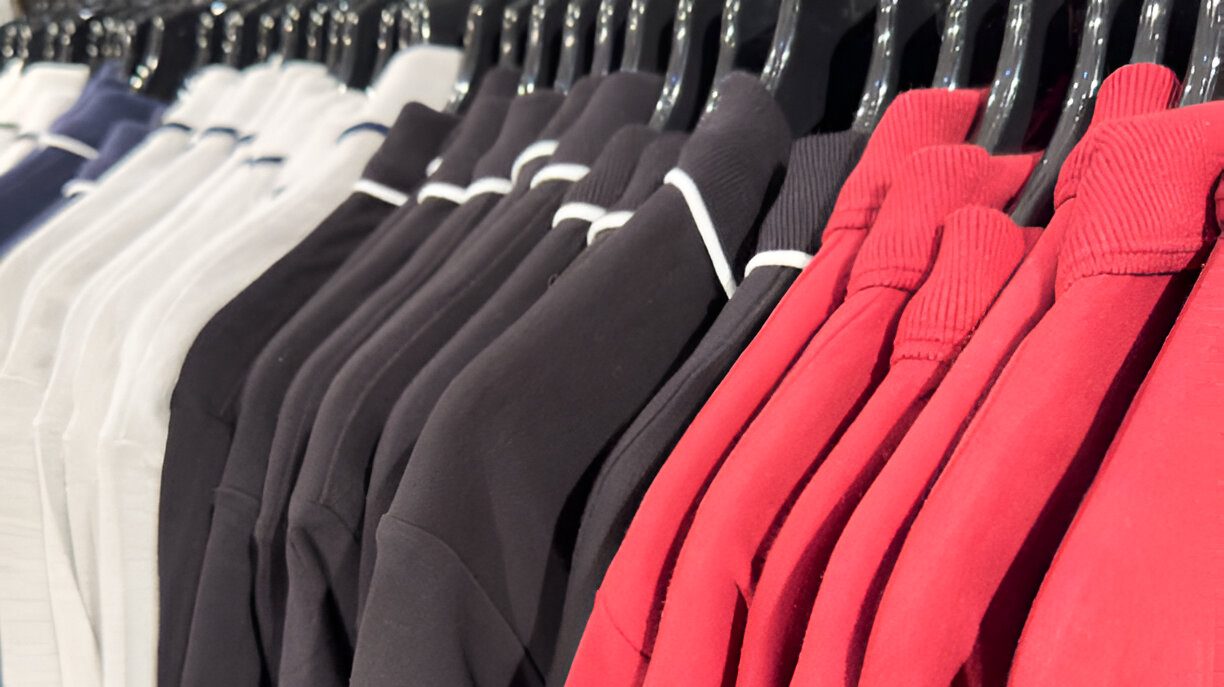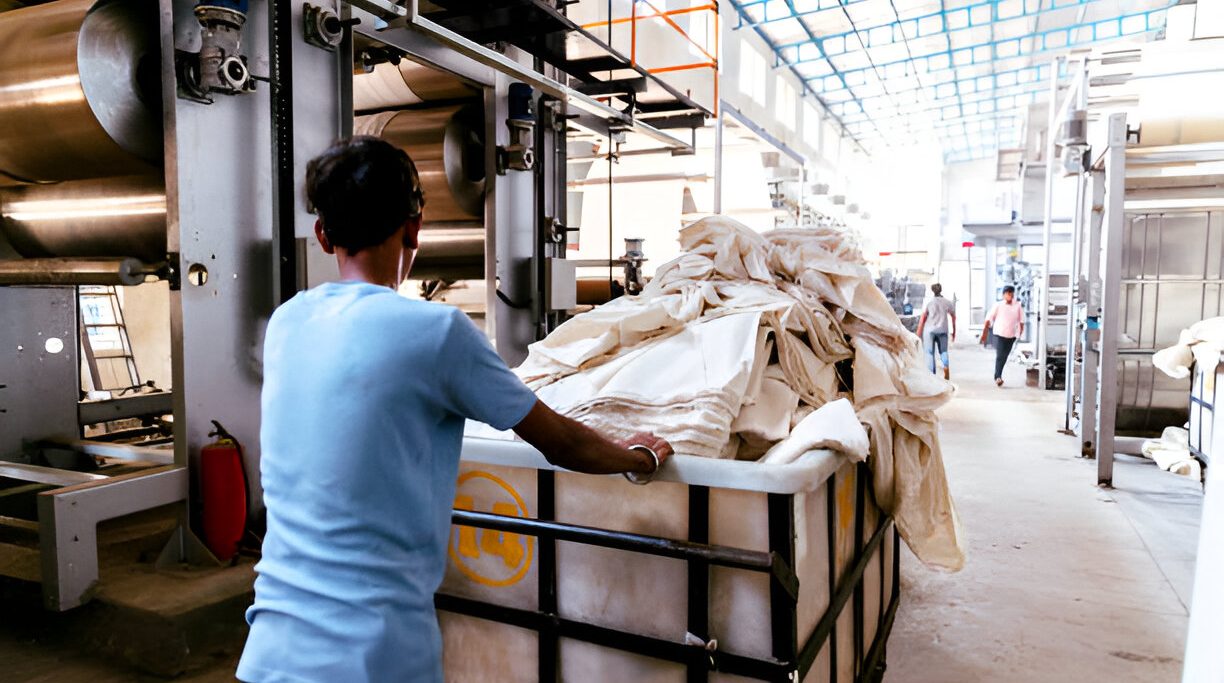When you shop for clothing, you might look for comfort, style, and durability. But there’s an invisible factor that deserves equal attention — phthalates.
These synthetic chemicals, often used in fashion manufacturing, may be doing more harm than you think — to you, your family, and the planet.
What Are Phthalates in Clothing?
Phthalates (pronounced thal-ates) are chemical compounds used to soften plastics and make them more flexible. In clothing, they are found in:
-
Plastisol prints on T-shirts
-
Artificial leather finishes
-
Waterproof coatings
-
Certain dyes and fragrances in sportswear
While they make garments look and feel appealing, they come with a hidden cost.
Why Are Phthalates Harmful?
Research has linked phthalates to several serious health risks, including:
-
Hormone disruption (endocrine interference)
-
Reproductive issues in both men and women
-
Developmental problems in children
-
Increased risk of chronic illnesses with long-term exposure
They are not chemically bound to fabric, meaning they can easily leach onto skin, into the air, or into water during washing. Heat, sweat, and friction accelerate this release.
How Do Phthalates Enter the Body?
Phthalates in clothes can be absorbed through:
-
Skin contact — prolonged wear, especially in tight or synthetic clothing
-
Inhalation — breathing in volatile organic compounds (VOCs) from new garments
-
Ingestion — indirect contact via contaminated dust or hand-to-mouth transfer
That “new clothes” smell? It may be due to VOCs, some of which are phthalates.
Global Regulations on Phthalates in Apparel
Many countries are tightening controls:
-
European Union REACH Regulation — bans certain phthalates like DEHP, DBP, and BBP
-
California Proposition 65 — requires warning labels for products containing hazardous phthalates
-
US Consumer Product Safety Improvement Act (CPSIA) — bans certain phthalates in children’s products
Fashion brands failing to comply risk fines, recalls, and reputational damage.
Environmental Impact of Phthalates
Phthalates are not just a human health problem — they are an ecological hazard.
When phthalate-treated garments are washed, microplastics and chemical residues enter wastewater, eventually polluting rivers, oceans, and soil. Marine life exposed to phthalates can suffer from hormonal imbalances and reproductive harm.
Phthalate-Free Clothing Alternatives
Safer, sustainable options are available:
-
Water-based inks instead of plastisol prints
-
Phthalate-free PVC for trims and coatings
-
Bio-based materials and natural dyes
-
Organic cotton and GOTS-certified fabrics
Switching to these options benefits human health, environmental safety, and brand reputation.
How Consumers Can Avoid Phthalates
-
Check for GOTS, OEKO-TEX, or bluesign® certifications
-
Avoid clothing with heavy vinyl prints or strong chemical odours
-
Choose natural, uncoated fabrics whenever possible
-
Support brands that publicly commit to phthalate-free manufacturing
FAQs About Phthalates in Clothing
1. Are phthalates banned in clothing?
Some countries restrict specific phthalates in children’s clothing, but adult apparel often remains unregulated.
2. How can I tell if my clothes contain phthalates?
Look for heavy vinyl prints, synthetic leather finishes, or waterproof coatings. Certification labels are the safest confirmation.
3. Are phthalates only in cheap clothes?
No — both luxury and fast-fashion brands may use them unless they commit to phthalate-free practices.
4. What are safer printing methods for clothing?
Water-based screen printing, digital direct-to-garment (DTG) printing, and plant-based dyes.



